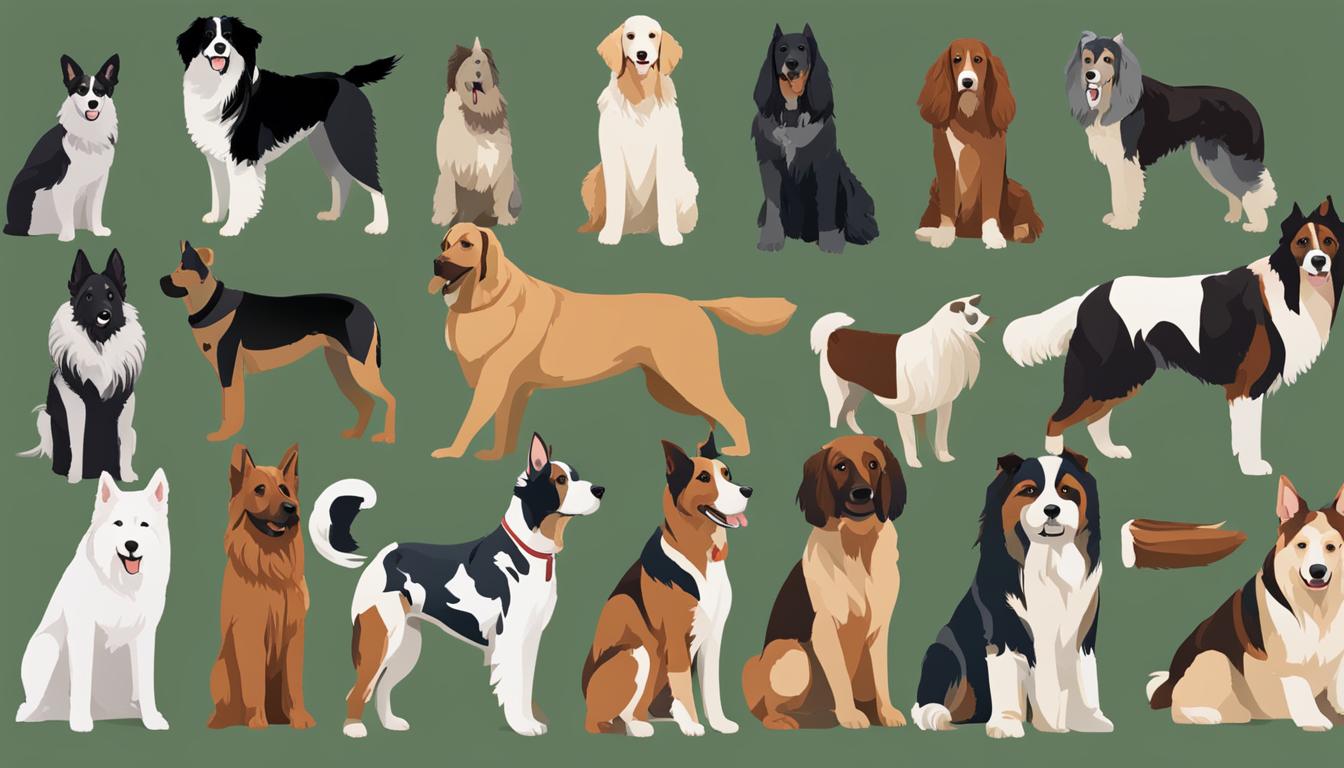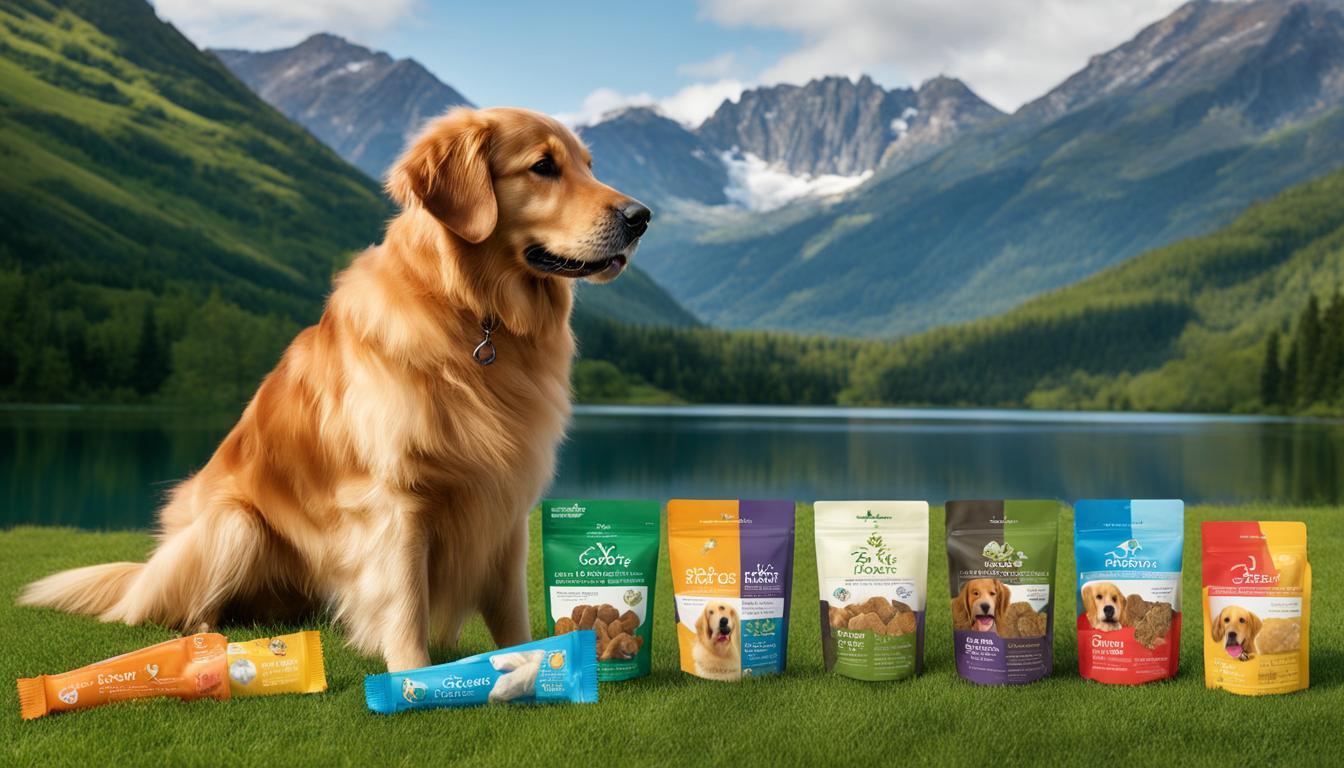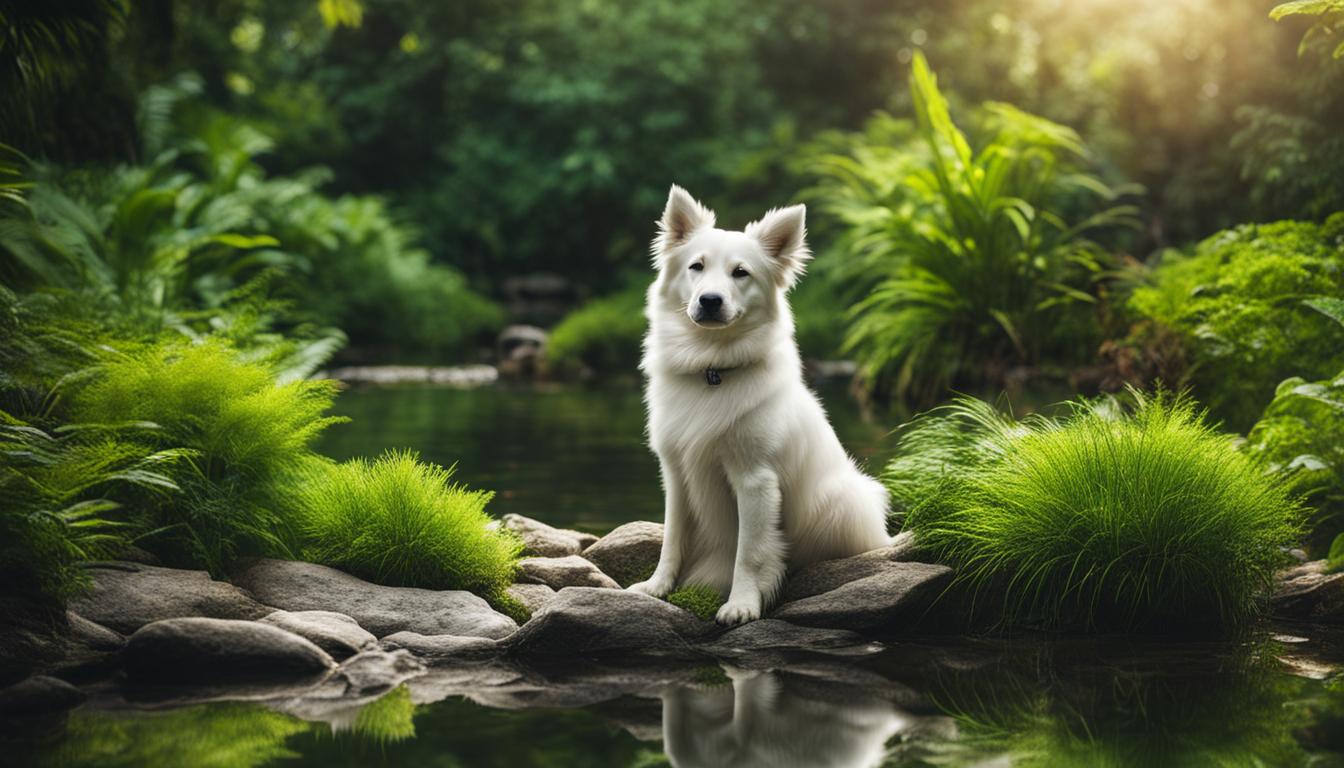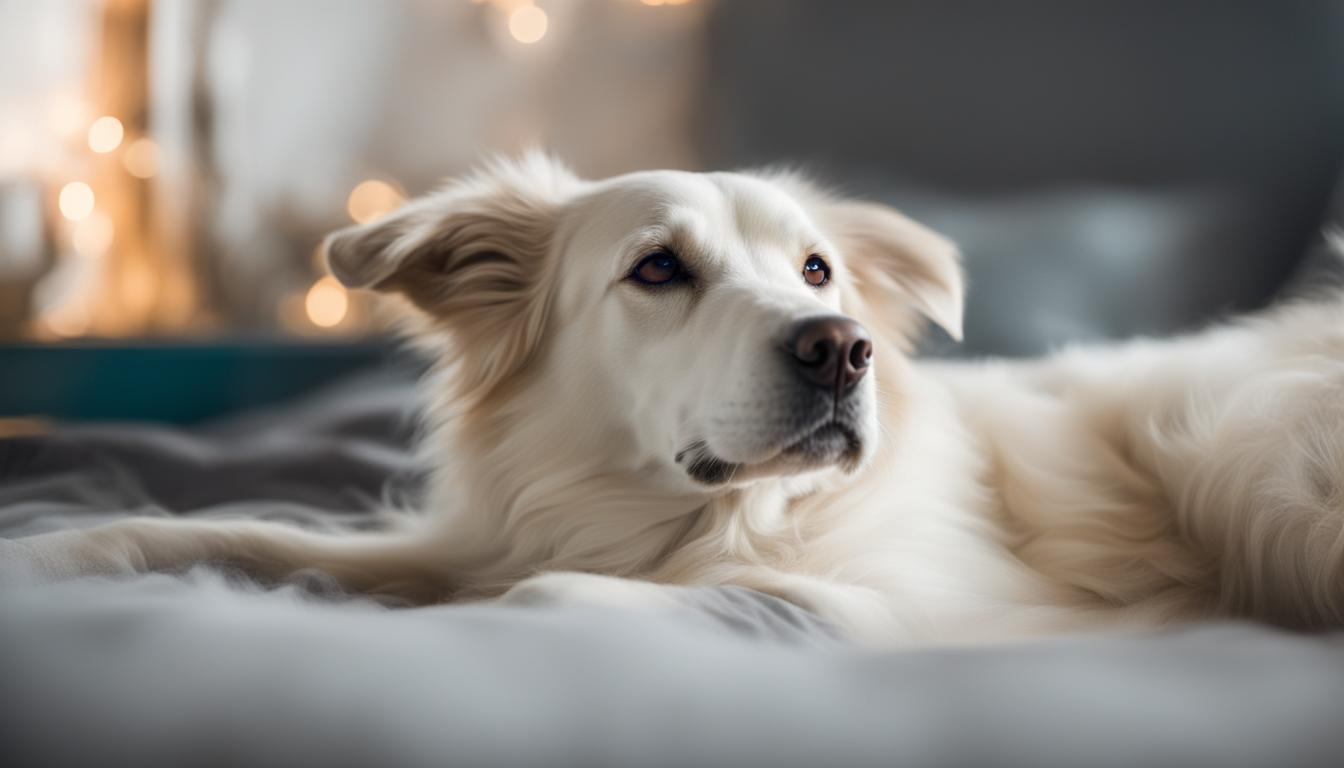Are you curious about the fascinating history of grooming practices in working dogs? From ancient civilizations to the modern era, the relationship between humans and dogs has evolved, leading to the development of specialized grooming techniques. Join us as we delve into the historical grooming practices for working canines and uncover the intriguing journey of how grooming has transformed over time.
Key Takeaways:
- Grooming practices for working dogs have evolved over centuries, shaped by the functional needs and societal roles of these canines.
- Ancient civilizations recognized the importance of grooming to maintain the physical well-being of working dogs used for hunting, guarding, herding, and companionship.
- The Egyptians were pioneers in grooming, viewing their dogs as symbols of status and protection, and using grooming rituals that showcased luxury and style.
- The Renaissance period brought a shift towards grooming for aesthetic purposes, as dogs became companions and status symbols.
- The establishment of breed standards in the 19th century led to the emergence of specialized grooming practices tailored to specific dog breeds.
Now that we have set the stage for our exploration, let’s dive deeper into the ancient origins of grooming practices for working dogs in our next section.
Ancient Origins: Dogs as Companions and Working Animals
Throughout ancient civilizations, dogs played crucial roles as companions and working animals. These early interactions between humans and dogs laid the foundation for the grooming practices that emerged during this time. Ancient dog grooming primarily focused on utilitarian purposes, ensuring that dogs maintained their functionality and physical well-being.
Ancient dog breeds were specifically developed for various tasks such as hunting, guarding, herding, and companionship. In order to maintain their performance, dogs were groomed to remove parasites, dirt, and debris from their fur. This grooming was essential for their overall health and their ability to fulfill their duties.
As the bond between humans and dogs deepened, grooming practices evolved to meet the diverse needs of different breeds. Ancient civilizations recognized the importance of grooming in maximizing a dog’s utility, whether it be in the hunt, on the battlefield, or in the home. These early grooming practices laid the groundwork for the art and science of dog grooming that continues to this day.
“Ancient dog grooming primarily focused on utilitarian purposes, ensuring that dogs maintained their functionality and physical well-being.”
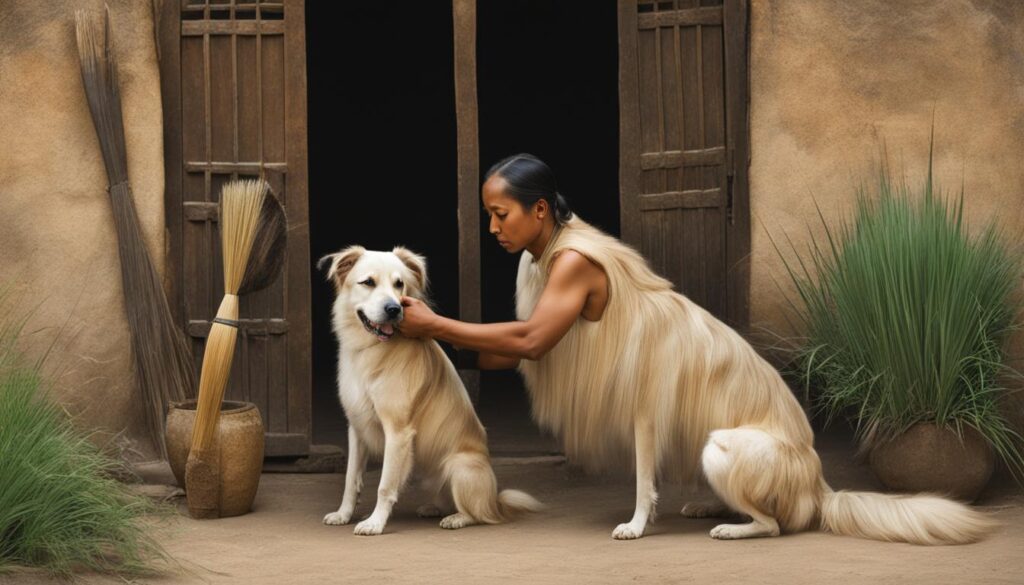
| Task | Breed | Grooming Practices |
|---|---|---|
| Hunting | Greyhound | Regular brushing and removal of burrs and thorns |
| Guarding | Doberman Pinscher | Regular bathing and brushing to maintain a clean coat |
| Herding | Border Collie | Frequent brushing to prevent matting and removal of debris from the coat |
| Companionship | Shih Tzu | Daily grooming sessions for proper coat maintenance and hygiene |
Dogs have been by our side for thousands of years, fulfilling a variety of roles that have shaped their grooming practices. From their ancient origins as companions and working animals, grooming has evolved to not only keep dogs functional and healthy but also to enhance their appearance. The ancient grooming practices set the stage for the diverse grooming techniques we see in the modern dog grooming industry today.
Ancient Origins: Dogs as Companions and Working Animals
The Egyptians, known for their rich cultural heritage, were pioneers in grooming practices for dogs. In ancient Egypt, grooming rituals were not only essential for maintaining a dog’s physical well-being but also symbolized status and protection. Dogs were highly regarded and considered companions and guardians in both the mortal realm and the afterlife.
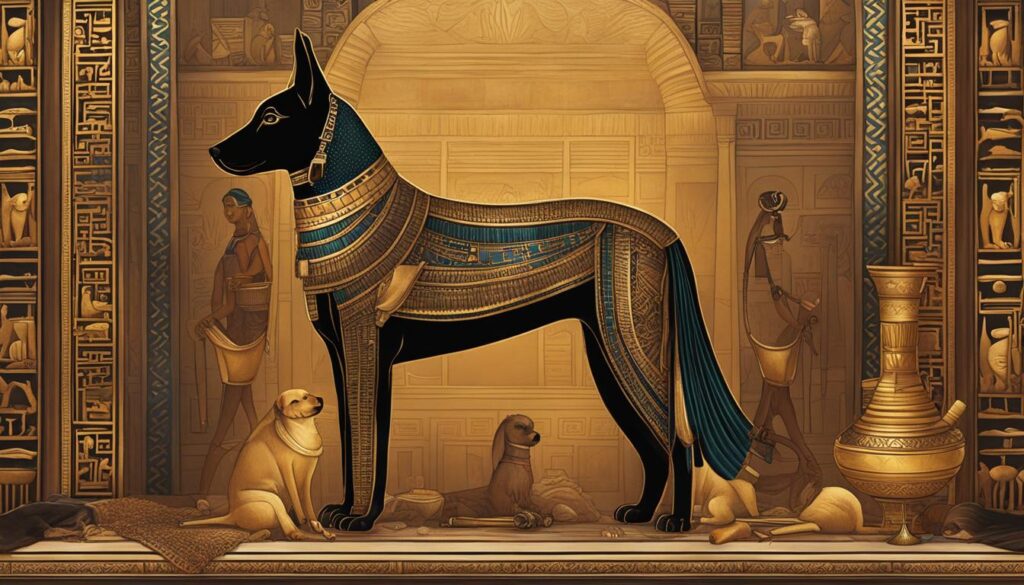
Ancient Egyptians used combs, brushes, and oils to care for their dogs’ coats. Regular bathing and perfuming were part of the grooming routine, ensuring that dogs were clean, presentable, and pleasant-smelling. Grooming rituals reflected the luxurious and stylish nature of ancient Egyptian society.
“Ancient Egypt was a society that valued beauty and elegance in all aspects of life, including the grooming of their beloved dogs.” – Dr. Sarah Johnson, Egyptologist
Symbolic Significance
The grooming of dogs in ancient Egypt carried deep symbolic meaning. Dogs were often depicted in art and hieroglyphs, showcasing their importance in society. They were associated with deities like Anubis, the god of mummification and the afterlife. Grooming rituals were believed to bestow divine protection upon both the dogs and their owners.
Status and Identity
Grooming also played a role in defining social status. The more elaborate the grooming practices, the higher the social standing of the dog’s owner. Dogs with well-groomed coats and accessories were seen as a reflection of their owner’s wealth and influence.
| Grooming Practices in Ancient Egypt | Symbolic Significance | Status and Identity |
|---|---|---|
| Regular bathing and perfuming | Divine protection | Reflection of wealth and influence |
| Use of combs, brushes, and oils | ||
| Emphasis on cleanliness and aesthetics |
Renaissance and Beyond: Grooming for Aesthetic Purposes
During the Renaissance period, dogs underwent a transformation in their role, shifting from utilitarian purposes to becoming beloved companions. This shift in the societal perception of dogs led to a newfound interest in grooming for aesthetic purposes. Dog owners of the Renaissance era began to view their canine companions as reflections of their own social standing, and grooming became a means to showcase their wealth and status.
Grooming during this time was an elaborate affair, with dogs receiving meticulous care and attention. The Renaissance elite employed personal groomers who were skilled in the art of dog beautification. These groomers used a variety of tools and techniques to enhance the appearance of their canine charges. Dogs were bathed, brushed, and groomed with ornate combs and brushes, and their coats were often scented with perfumes and floral waters.
“Dogs, like men, should be well groomed, for cleanliness and good attire doth much enliven their company.”
– Giovanni Della Casa, Italian writer
The emphasis on grooming during the Renaissance era extended beyond physical appearance. It became a way for dog owners to demonstrate their refined tastes and cultural sophistication. Dogs were adorned with ribbons, lace collars, and even miniature garments to match their owners’ fashionable attire. Grooming became an art form, serving as a means of self-expression and a reflection of social standing.
The Evolution of Dog Grooming
As dogs continued to evolve from working animals to cherished companions, grooming practices became more diverse and specialized. Different breeds of dogs emerged, each with its own distinct coat type and grooming requirements. This led to the development of breed-specific grooming techniques to enhance the unique features of each breed.
Table: Evolution of Dog Grooming Techniques
| Time Period | Grooming Techniques |
|---|---|
| Ancient Times | Grooming performed for utilitarian purposes, focusing on functionality and removing parasites. |
| Renaissance Era | Emphasis on aesthetic grooming to reflect social standing and showcase wealth. |
| Modern Times | Breed-specific grooming techniques developed to enhance the unique features of different dog breeds. |
Today, grooming has become an integral part of the dog-care industry. Professional groomers are skilled in a wide range of techniques and styles to cater to the individual needs of each dog. Grooming not only enhances a dog’s physical appearance but also promotes their overall health and well-being. Whether it’s a simple hygienic grooming routine or an elaborate styling session, grooming remains a way for dog owners to show their love and care for their furry companions.
Emergence of Dog Breeds and Specialized Grooming Practices
As dog breeds became more standardized in the 19th century, grooming practices also underwent significant changes. Different coat types, lengths, and textures required specific grooming techniques, leading to the emergence of breed-specific grooming practices. These specialized grooming practices aimed to enhance the appearance and maintain the health of each individual breed.
Table:
| Breed | Grooming Technique | Purpose |
|---|---|---|
| Golden Retriever | Regular brushing, bathing, and trimming | Maintain a clean and mat-free coat |
| Poodle | Haircut styles (e.g., teddy bear, continental) | Emphasize breed-specific features and reduce matting |
| Shih Tzu | Regular brushing, top-knots, and facial grooming | Preserve breed’s traditional appearance and prevent eye irritation |
| Yorkshire Terrier | Regular brushing, trimming, and bow placement | Prevent matting, showcase breed’s elegance |
These specialized grooming practices continue to be an essential part of dog care today. Professional groomers are trained in breed-specific techniques and work closely with owners to meet their dogs’ grooming needs. The aim is not only to keep the dogs looking their best but also to ensure their overall well-being and comfort. Grooming is a way to enhance the natural characteristics of each breed and maintain their unique beauty.
Grooming techniques and preferences may vary from breed to breed, but the underlying principles remain the same: to keep dogs clean, healthy, and happy. By understanding the specific grooming needs of different dog breeds, owners can provide proper care for their furry companions and maintain the integrity of each breed’s appearance.
Modernization of Dog Grooming in the 20th Century
The 20th century brought significant advancements in dog grooming, leading to the establishment of professional grooming salons and the rise of dog shows. These developments revolutionized the way dogs were groomed and highlighted the importance of grooming for both functional and aesthetic purposes.
The emergence of professional dog grooming salons:
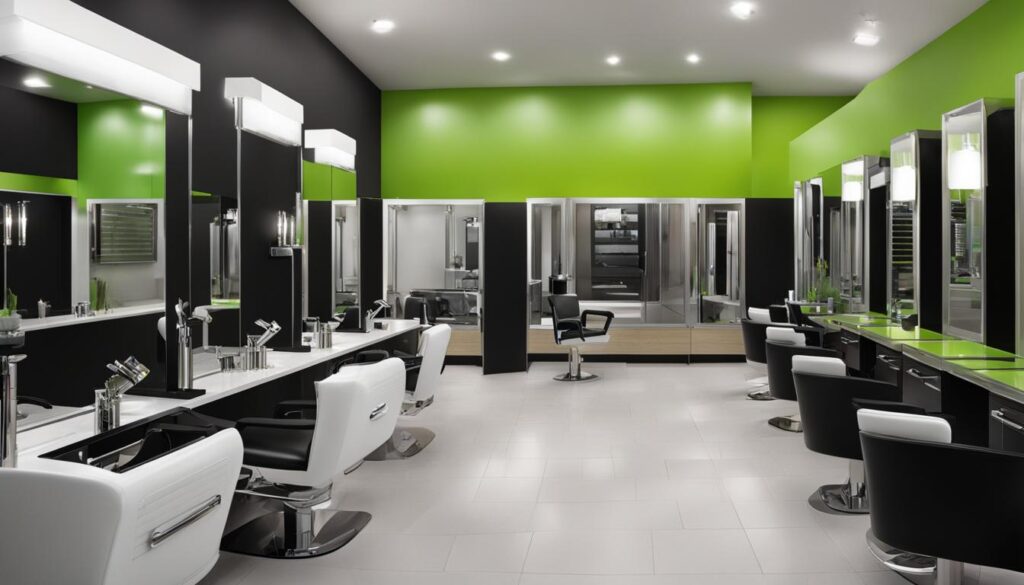
“Professional grooming salons emerged as dedicated spaces where dog owners could seek expert grooming services for their beloved pets. These salons offered a range of services, including bathing, brushing, trimming, and styling, all performed by trained and experienced groomers. They became a one-stop destination for pet owners looking to maintain their dogs’ hygiene and appearance.”
The rise of dog shows:
Dog shows gained popularity in the 20th century and showcased the best of breed standards and grooming practices. These events provided a platform for breeders, handlers, and owners to present their dogs to judges and compete for titles based on conformation and appearance. The competitive nature of dog shows further emphasized the importance of grooming to enhance a dog’s overall presentation.
Advancements in grooming technology:
The 20th century also witnessed significant advancements in grooming technology, making grooming more efficient and precise. Electric clippers replaced manual scissors, allowing groomers to achieve more accurate cuts and styles. Dryers with adjustable temperature settings and variable airflow made the drying process quicker and more comfortable for dogs. These technological advancements revolutionized the grooming process, enabling groomers to provide better care and achieve desired results.
| Advancements in Dog Grooming Technology | Key Features |
|---|---|
| Electric Clippers | More precise cuts and styles |
| Drying Equipment | Adjustable temperature and airflow options for quick and comfortable drying |
| Grooming Tools | Innovative brushes, combs, and shampoos designed for specific coat types and needs |
The modernization of dog grooming in the 20th century transformed it into a professional industry that continues to thrive today. Professional grooming salons, the rise of dog shows, and advancements in grooming technology have all played a crucial role in shaping the way dogs are groomed, ensuring their well-being, and showcasing their beauty.
Contemporary Dog Grooming Practices
The current dog grooming industry caters to both the functional and aesthetic needs of our furry friends. Grooming plays a vital role in maintaining a dog’s overall health, comfort, and hygiene. Additionally, it serves as an opportunity for bonding between dogs and their owners. With a wide range of services available, grooming salons offer personalized care tailored to each dog’s unique needs and preferences.
Functional grooming services typically include bathing, brushing, and nail trimming. These essential hygiene practices help keep a dog’s coat clean and free from mats, preventing skin irritations and other health issues. Regular grooming also assists in controlling shedding, reducing allergens in the home environment.
On the other hand, aesthetic grooming services focus on enhancing a dog’s appearance. This may involve breed-specific styling based on breed standards or creative grooming techniques for a more unique look. From fancy haircuts to colorful dye jobs, the possibilities are endless when it comes to expressing your dog’s personality through their style.

Personalized Grooming Services
One of the key trends in the modern dog grooming industry is the emphasis on personalized services. Grooming salons strive to understand individual dog needs, taking into account their temperament, coat type, and any specific grooming requirements. This personalized approach ensures that each dog receives the best care possible, considering their unique characteristics and preferences.
Some grooming salons even offer additional services such as aromatherapy, specialized shampoos and conditioners, and dental care. These value-added services contribute to the overall well-being of the dogs and leave them looking and feeling their best.
The Growing Demand for Holistic and Eco-Friendly Care
In recent years, there has been a growing demand for holistic grooming care. Pet owners are increasingly seeking out grooming salons that use natural, eco-friendly products that are gentle on their dogs’ skin and the environment. This shift reflects a broader trend towards more sustainable and conscious consumer choices.
Grooming salons are also incorporating holistic practices such as massage therapy, acupuncture, and herbal remedies to promote overall wellness in dogs. These alternative therapies can aid in relaxation, pain management, and stress reduction, creating a positive and calming grooming experience for dogs.
Mobile Grooming Services for Convenience
Another convenience-focused trend in the dog grooming industry is the rise of mobile grooming services. Mobile groomers bring the grooming salon experience right to the pet owner’s doorstep, eliminating the need for transportation and reducing the stress associated with unfamiliar environments. This service is particularly beneficial for elderly or anxious dogs who may have difficulty traveling.
Mobile grooming services offer the same range of grooming options as traditional salons, providing a convenient and personalized grooming experience. Pet owners can schedule appointments at their convenience and have their dogs groomed in the comfort of their own homes or driveways.
Conclusion
The history of grooming practices in working dogs is a fascinating journey that highlights the enduring bond between humans and our furry companions. Over time, grooming has evolved to meet the functional and aesthetic needs of different dog breeds, reflecting the changing societal roles of dogs and advancements in technology.
From ancient civilizations to the present day, grooming has played a crucial role in maintaining the health, comfort, and appearance of working dogs. It began as a necessity, with early humans recognizing the need to remove parasites and debris from their loyal companions. As civilizations developed, grooming practices became more sophisticated, with ancient Egyptians setting the stage for the luxurious and stylized approach to grooming.
In the Renaissance period, dogs transitioned from utilitarian roles to cherished companions, leading to a surge in grooming for aesthetic purposes. Dogs became symbols of social standing, and grooming became a way for owners to showcase their wealth and taste. The establishment of breed standards in the 19th century further shaped grooming practices, with specialized techniques tailored to each breed’s specific needs.
Today, the dog grooming industry is thriving, serving both functional and aesthetic purposes. Professional grooming salons offer an array of services, from basic hygiene to elaborate styling. The deep connection between humans and dogs is celebrated through personalized grooming experiences that cater to individual preferences and breed requirements. As the evolution of grooming practices continues, the enduring bond between humans and our loyal canine friends remains as strong as ever.
FAQ
What is the history of grooming practices in working dogs?
The practice of grooming working dogs has its origins in the historical relationship between humans and dogs. Ancient civilizations recognized the need to maintain the physical well-being and appearance of dogs used for hunting, guarding, herding, and companionship. Over time, grooming practices evolved to meet the functional needs of different dog breeds.
Why did ancient civilizations groom their dogs?
In ancient civilizations, dogs were kept for utilitarian purposes, and grooming was done out of necessity to remove parasites, dirt, and debris from their fur. Different breeds were developed for specific tasks, such as hunting, guarding, herding, and companionship. Grooming practices during this time focused on maintaining the dogs’ physical well-being and functionality.
How did ancient Egyptians groom their dogs?
Ancient Egyptians held dogs in high regard and groomed them as symbols of status and protection. They used combs, brushes, and oils to maintain their dogs’ coats and practiced regular bathing and perfuming. Grooming rituals were an essential aspect of dog care in ancient Egypt and showcased a luxurious and stylish approach to grooming.
When did grooming for aesthetic purposes become popular?
During the Renaissance period, dogs started to be kept more for companionship rather than utilitarian purposes. This shift in the role of dogs led to an increased interest in grooming for aesthetic purposes. Dogs became status symbols, and their appearance became a reflection of their owners’ social standing. Grooming practices during this time focused on enhancing the dogs’ aesthetic appeal.
How did specialized grooming practices emerge?
In the 19th century, dog breeds were formally recognized and standardized, leading to the emergence of specialized grooming practices. Different coat types, lengths, and textures required distinct grooming techniques. Grooming practices became tailored to the specific needs of each breed, with breed standards guiding the grooming process.
What advancements in grooming occurred in the 20th century?
The late 19th and 20th centuries saw the modernization of dog grooming. Professional grooming salons emerged, offering a range of services like bathing, brushing, trimming, and styling. The rise of dog shows and competitions further emphasized the importance of grooming to showcase a dog’s conformation and appearance. Advancements in grooming technology, such as electric clippers and dryers, made grooming more efficient and precise.
What is the role of grooming in contemporary dog care?
Today, dog grooming is a well-established industry that serves both functional and aesthetic purposes. Grooming helps maintain a dog’s health and comfort while enhancing the bond between dogs and their owners. Grooming salons offer a wide range of services, from basic hygiene to elaborate styling, often guided by breed standards or individual preferences. There is a growing emphasis on holistic care, eco-friendly products, and mobile grooming services for the convenience of pet owners.
What is the significance of grooming practices in the bond between humans and dogs?
The history of grooming practices in working dogs is a testament to the enduring bond between humans and dogs. From ancient civilizations to the present day, grooming has evolved to meet the functional and aesthetic needs of different dog breeds. Grooming practices have been shaped by cultural influences, changing societal roles of dogs, and advancements in technology. Today, the dog grooming industry continues to thrive, providing essential care for dogs and celebrating the deep connection between humans and their furry companions.

